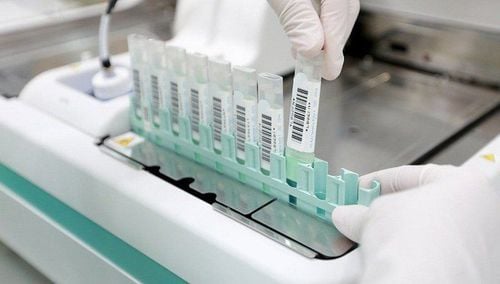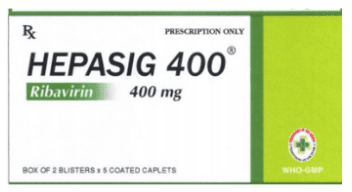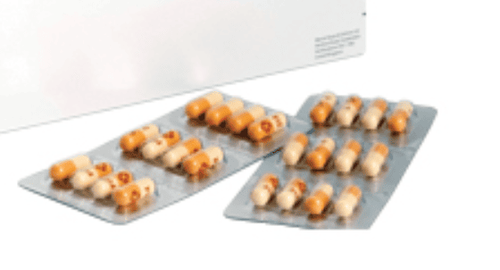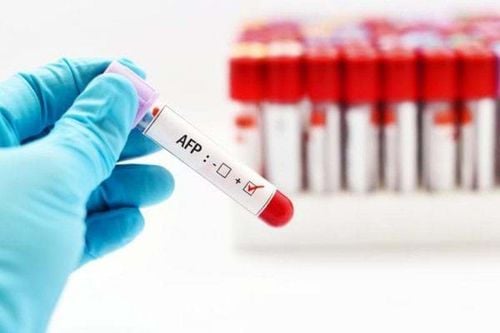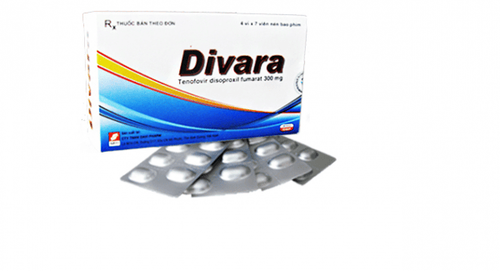This is an automatically translated article.
Article written by doctor Biochemistry Test - Laboratory Department - Vinmec Ha Long International Hospital
Compensated cirrhosis is the early stage of cirrhosis and patients often do not show any symptoms. At this stage, if detected and treated promptly and appropriately, it is possible to prevent or slow down the progression of cirrhosis.
1. What are the clinical symptoms of compensated cirrhosis? How do I know if I have compensated cirrhosis?
Cirrhosis is a disease in which scar tissue replaces the normal tissue of the liver parenchyma. Because scar tissue replaces normal tissue, it blocks blood vessels to the liver, causing liver problems.
Progression of cirrhosis is divided into 4 stages. However, judging by the functional activity of the liver and clinical manifestations, it is divided into 2 stages: compensated cirrhosis and decompensated cirrhosis.
In the stage of compensated cirrhosis, there is little scar tissue, the liver tissue has not been damaged to enhance compensatory activity for the damaged liver tissue, scar tissue is no longer functional. As long as the healthy tissue is no longer able to maintain liver function, the symptoms of cirrhosis will appear and be assessed as decompensated cirrhosis.
There are many causes of cirrhosis, known causes include:
Due to heavy drinking (alcoholic beverages). Due to infection: leading in this group is infection with hepatitis B virus, C virus and often combined with hepatitis D virus. Other less common infections are Brucellose infection, Echinococcus, Schistosomiasis, Toxoplasmosis. Cirrhosis due to rare hereditary diseases: Hereditary hemoglobinopathy (increased serum iron, elevated ferritine and transferritine), Wilson's disease, copper cirrhosis (elevated serum copper), antitrypsin deficiency, porphyrinuria , hypergalactosemia, Gaucher disease, fructoseuria. Cirrhosis due to immune disorders: primary biliary cirrhosis, autoimmune hepatitis. Mechanical cirrhosis (Secondary biliary cirrhosis - consequence of chronic primary biliary obstruction due to stenosis of oddi muscle, due to stones); Vascular occlusion such as hepatic venous occlusion in Budd-chiari syndrome, long-standing right-sided heart failure, constrictive pericarditis. Cirrhosis due to the use of drugs Methotrexate, maleate de perhexilene, methyl dopa, birth control pills, oxyphenisatin, isoniazid. Other known, but unproven, causes include chronic inflammatory bowel disease, diabetes, and sarcoidosis.

Sử dụng nhiều đồ uống có cồn có thể gây xơ gan
Some cases of cirrhosis have no known cause.
If a person with one or more of the above risk factors for cirrhosis has the following clinical manifestations, it can be considered that he has cirrhosis and is in the stage of compensated cirrhosis:
Feeling people tired for unknown reasons, anorexia, not eating well. Digestive disorders, bloating, indigestion. Occasionally there is pain in the right lower quadrant. Nosebleeds for no apparent reason. Yellow urine. Decreased sexual ability: decreased libido, impotence in men, infertility in women. Appears many raised capillaries on the back, chest, neck, abdomen. Red rash on the palm of the hand. When these signs appear, liver function has decreased. In the stage of compensated cirrhosis, the above clinical symptoms may be very vague, not specific, but if you detect yourself appearing one of the above symptoms, it is necessary to quickly go for a health check to determine the disease. .
This is very important because if early detection of cirrhosis in the compensated stage and timely and appropriate treatment measures can restore liver function or slow down the progress of cirrhosis.
When clinically at this stage, it can be seen that the liver is still enlarged, the spleen is enlarged beyond the ribs, the vascular stars on the back and chest, there are signs of hair loss, the hair becomes thinner, the nails are dry and white, and the male sperm is weak. The testicles are often atrophied, the breasts are enlarged.
2. Laboratory/laboratory indicators used in the diagnosis of cirrhosis?
Investigations/tests used to evaluate cirrhosis include:
Liver ultrasound: conventional abdominal ultrasound or ultrasound combined with liver stiffness/elasticity (Fibroscan ultrasound) liver) Computed tomography or resonance imaging.

Siêu âm gan là một trong các thăm dò/xét nghiệm được sử dụng để đánh giá tình trạng xơ gan
Laboratory tests: + Biochemical and coagulation tests to check basic indicators of liver function / liver damage (quantification of albumin, protein, APTT or INR coagulation factors, bilirubin; activity of enzymes AST/GOT, ALT/GPT, GGT, ALP, LDH)
+ Complete blood count (to check blood cell count, especially platelet count)
+ Liver biopsy
Esophagogastroduodenoscopy to check the degree of esophageal varices In addition, the patient may be asked to perform some tests to find out and identify risk factors / possible causes leading to fibrosis liver such as:
Tests to determine the status of hepatitis virus infection (B, C, D) or other infection causing cirrhosis. Autoantibody tests if autoimmune disease is suspected.
3. What are the values of the parameters in assessing the degree of cirrhosis, compensated cirrhosis?
Liver fibrosis has 4 stages (F0 to 4) according to histological Metavir classification.
Degrees of liver fibrosis include:
Significant fibrosis: F ≥ 2 Advanced fibrosis: F ≥ 3 Cirrhosis: F4 Evaluation of liver fibrosis stages based on the following indicators:
Measurement of liver elasticity (Fibroscan) Evaluation based on the results of Fibroscan ultrasound to determine the elasticity/stiffness of liver tissue
* Laboratory ULN (upper limit of normal)
APRI number APRI formula
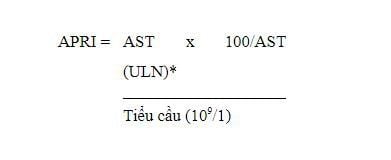
child-pugh scorecard CHILD-PUGH
Assess the degree of cirrhosis based on the CHILD-PUGH . scale
Vinmec International General Hospital is one of the hospitals that not only ensures professional quality with a team of doctors, modern equipment and technology. The hospital provides comprehensive, professional medical examination, consultation and treatment services, civilized, polite, safe and maximum sterilization space. Customers when choosing to perform tests here can be completely assured of the accuracy of test results.
Please dial HOTLINE for more information or register for an appointment HERE. Download MyVinmec app to make appointments faster and to manage your bookings easily.
References to the source:
References to the documents are in Appendix 2. ASSESSMENT OF STAGES OF HANCER (Issued together with the Minister's Decision No. 3310/QD-BYT dated July 29, 2019 Medican).




